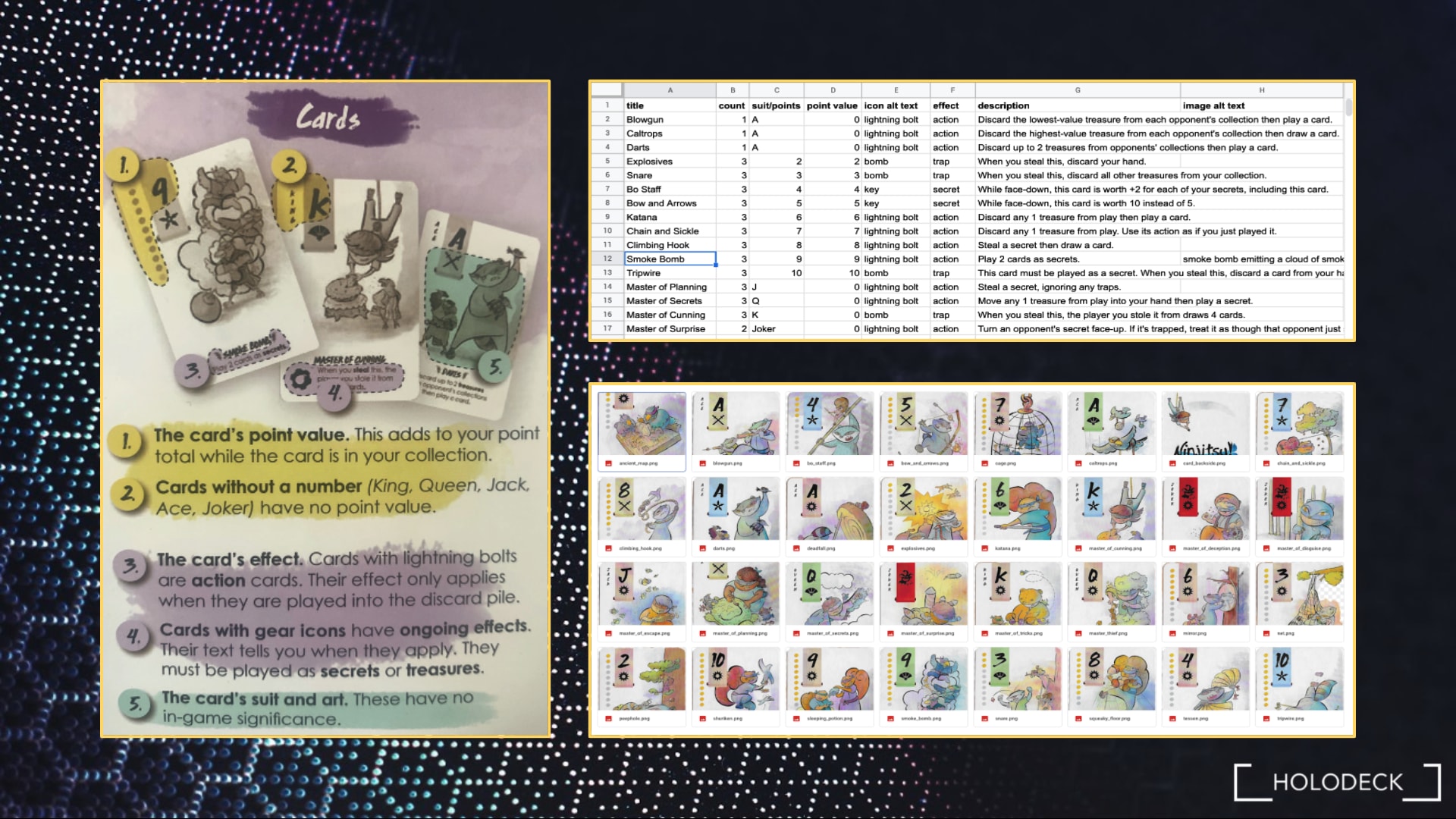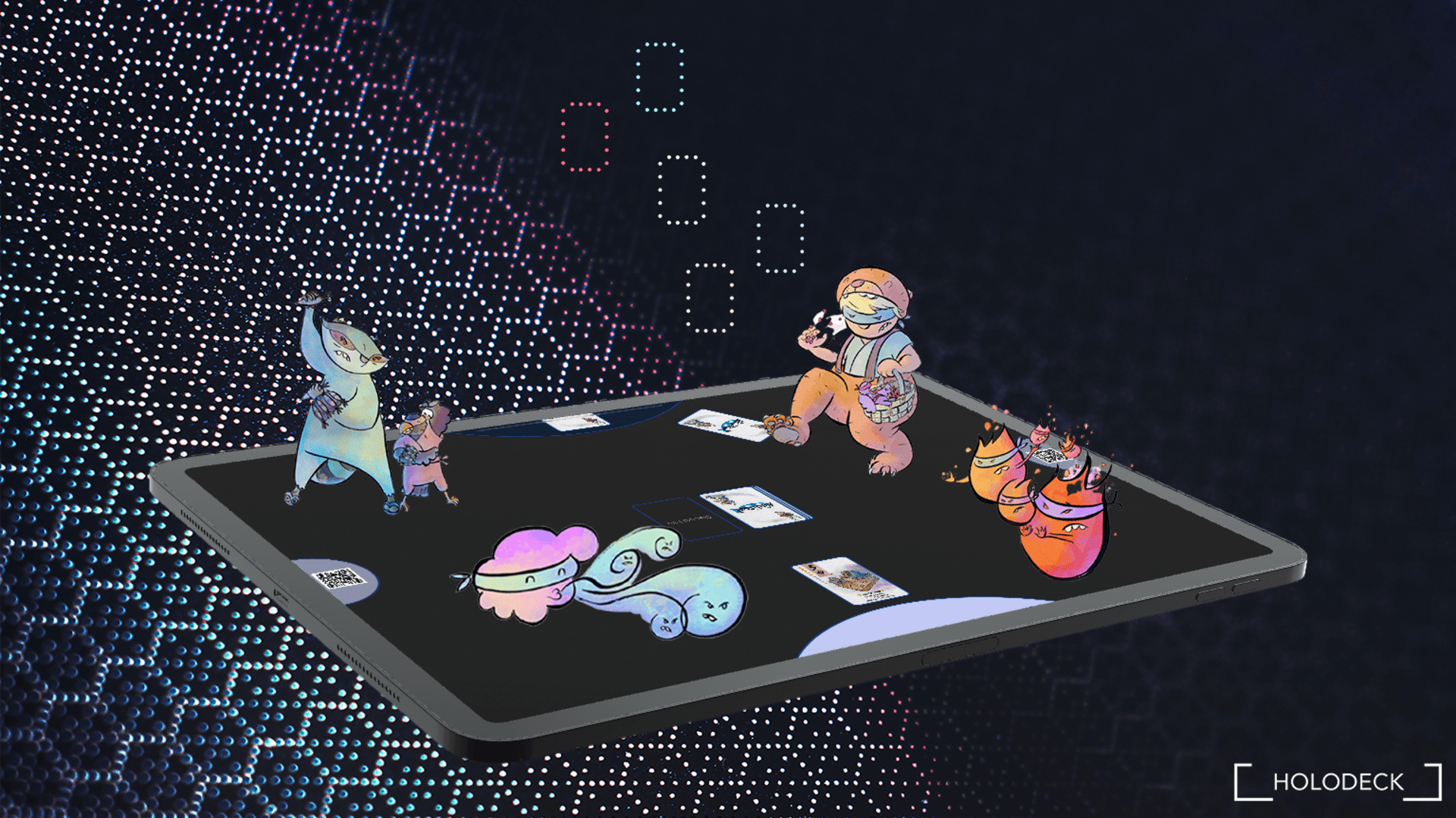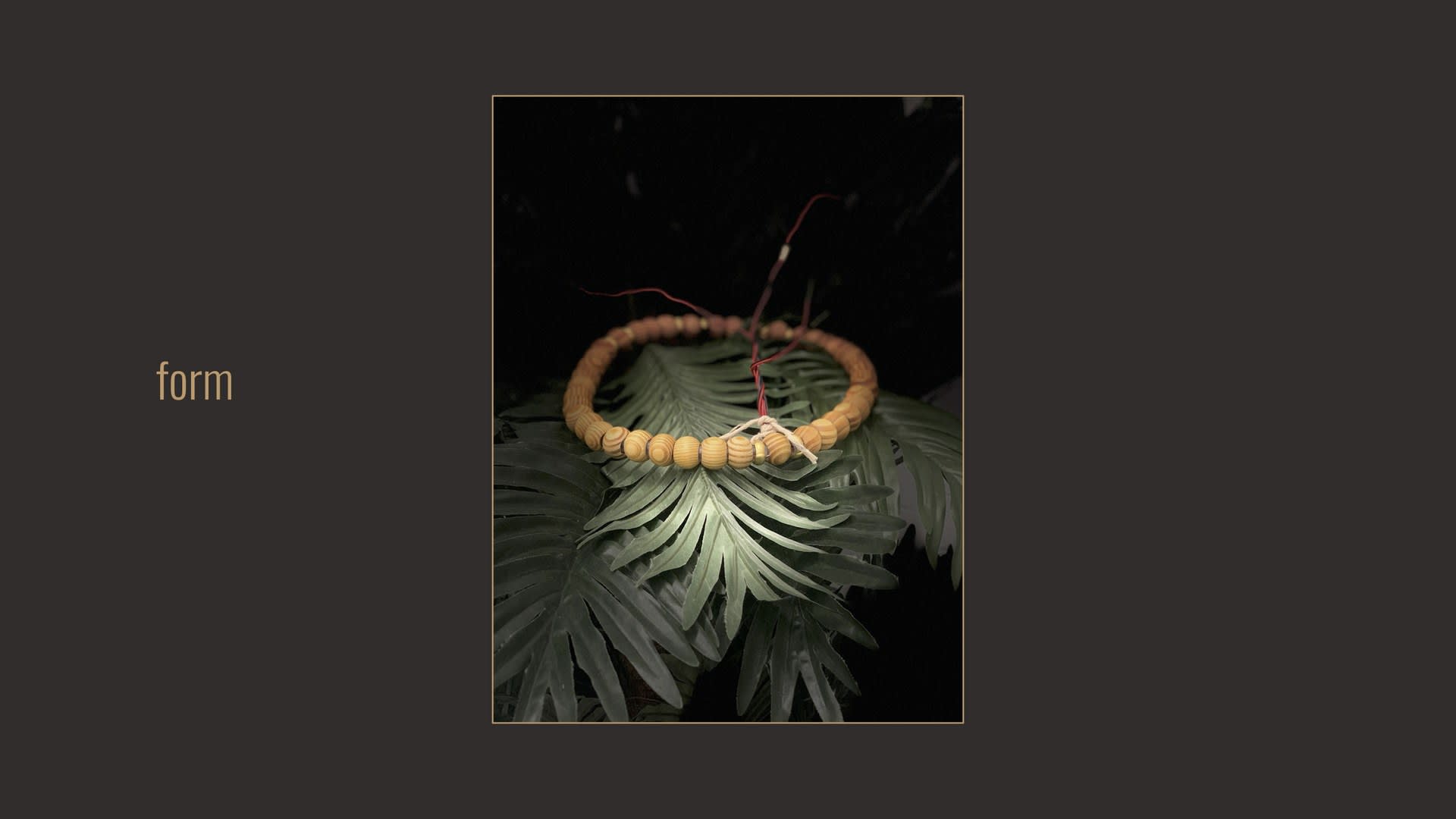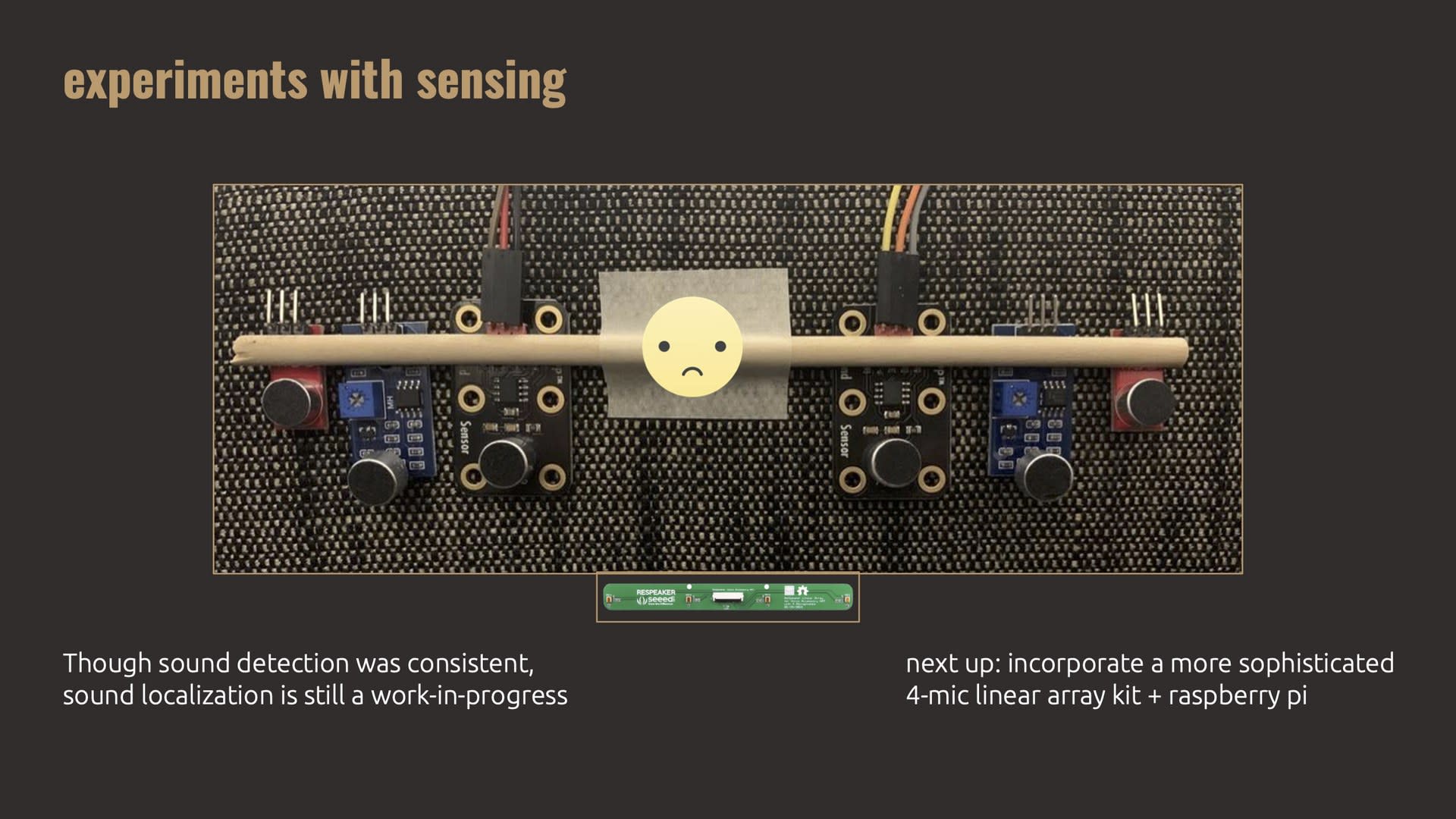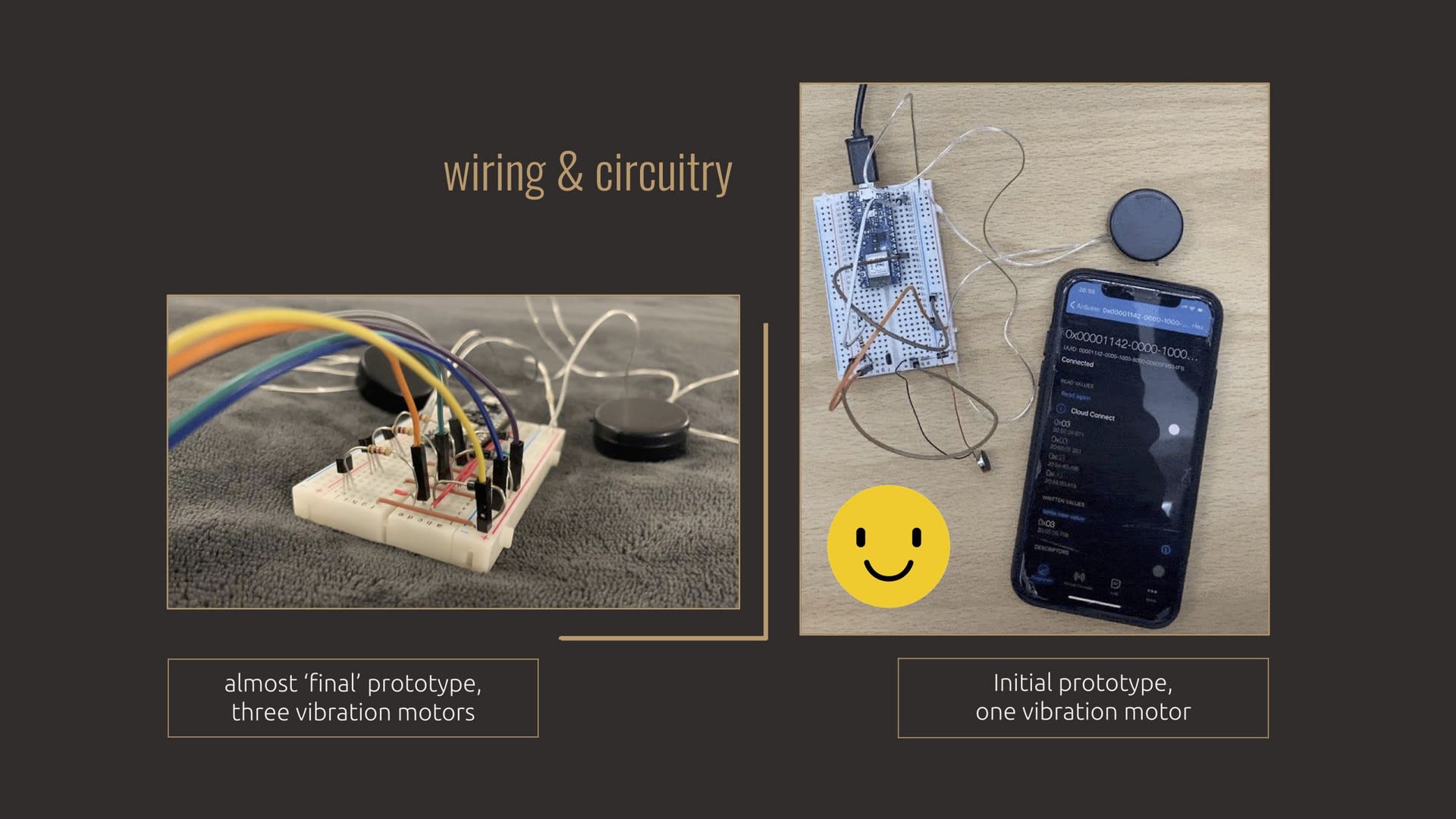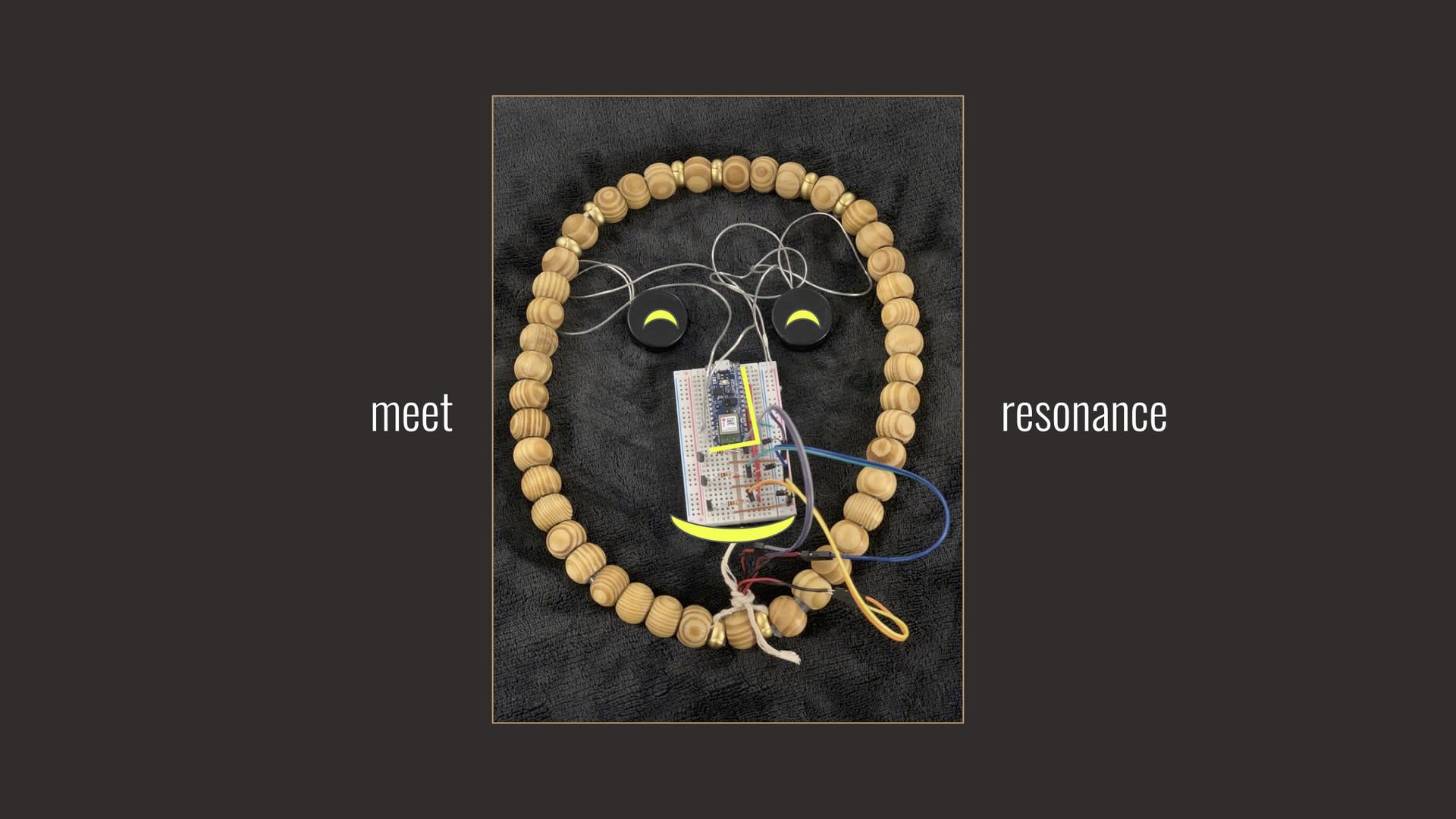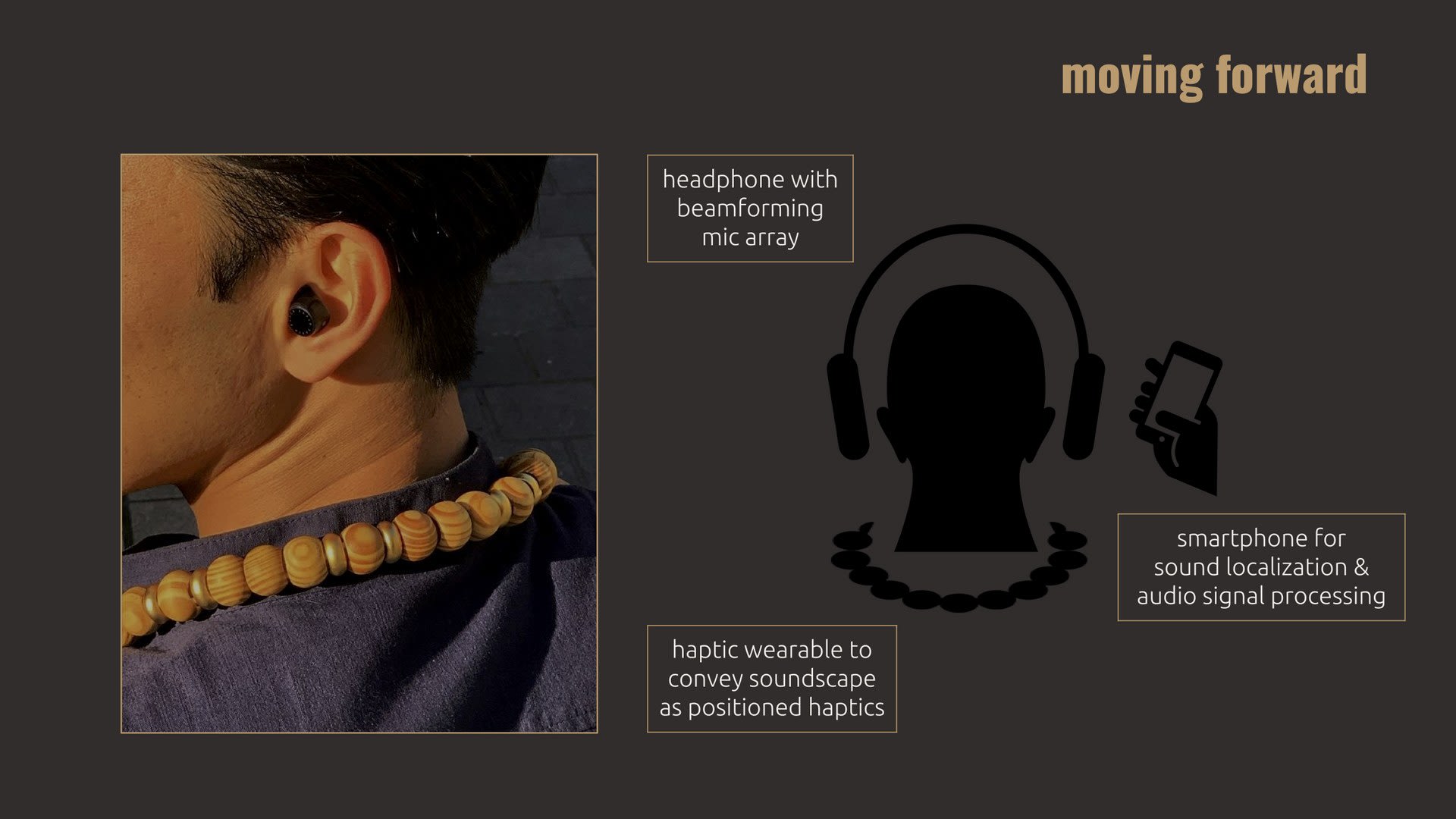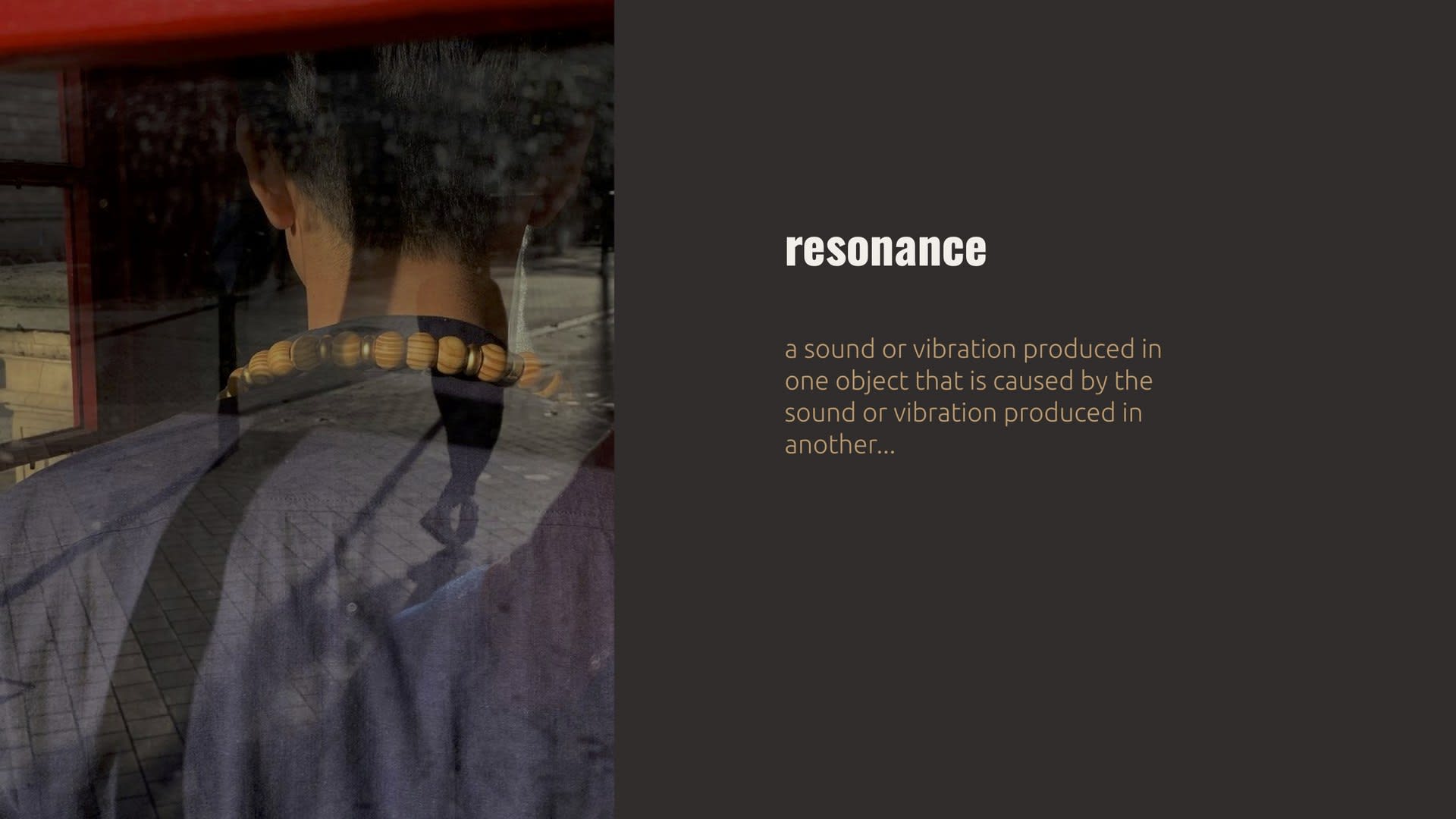I am a multidisciplinary designer and formerly a design outsider. At university, I studied economics and historical sociology before discovering the joy in making things with code and interactive media the summer before graduating. I then went on to wear many hats professionally – mostly sequential, occasionally stacked – from software engineering to product management.
As a member of NYU Abu Dhabi's inaugural class, I nurtured an enduring curiosity for the world and a penchant for action. That desire to roll up my sleeves led me to Venture For America where, as a fellow, I learned about entrepreneurship. Putting theory to practice, I joined an early team of four at Avhana Health, a healthcare startup where I designed and developed clinical decision support tools to improve preventative care.
While the San Francisco Bay Area is home, I have had the good fortune to live in Abu Dhabi, Baltimore, Berlin, New York City, and now London. The range of people I’ve met, cultures I’ve encountered, and experiences I’ve lived through continue to expand my imagination and let me to navigate with greater awareness of and sensitivity to other ways of living.
~~~~~~~~~~~~~~~~~~~~~~~~~~~~~~~~~~~~~~~~~~~~~~~~~~
Experience
Founder, Tangently
Volunteer, Frontline Aid
Volunteer, Capoeira4Refugees
Director of Integration, Avhana Health
Fellow, Venture For America
Education
MA in Global Innovation Design, Royal College of Art
MSc in Global Innovation Design, Imperial College London
BA in Economics, cum laude, New York University Abu Dhabi
Web Development Immersive, General Assembly San Francisco
Selected Events
Imperial Enterprise Lab Venture Catalyst Challenge 2021, Participant & Team Lead
RCA x Logitech Grand Challenge 2020, Finalist Group Member & Team Lead
RCA x Land Rover Masterclass: Turning Concept Into Reality, Participant
Tsinghua University 2020 Exchange Exhibition, Exhibitor





